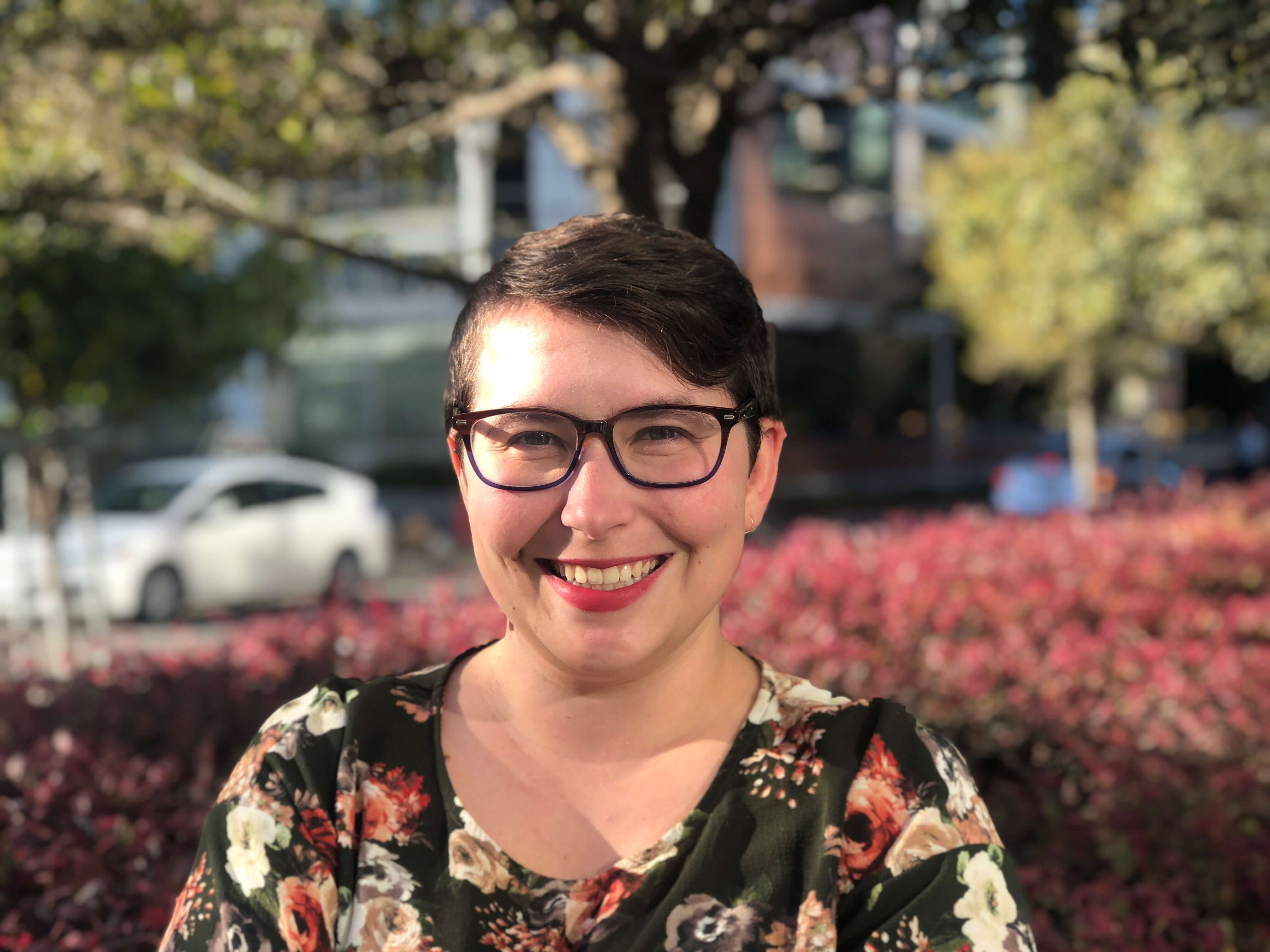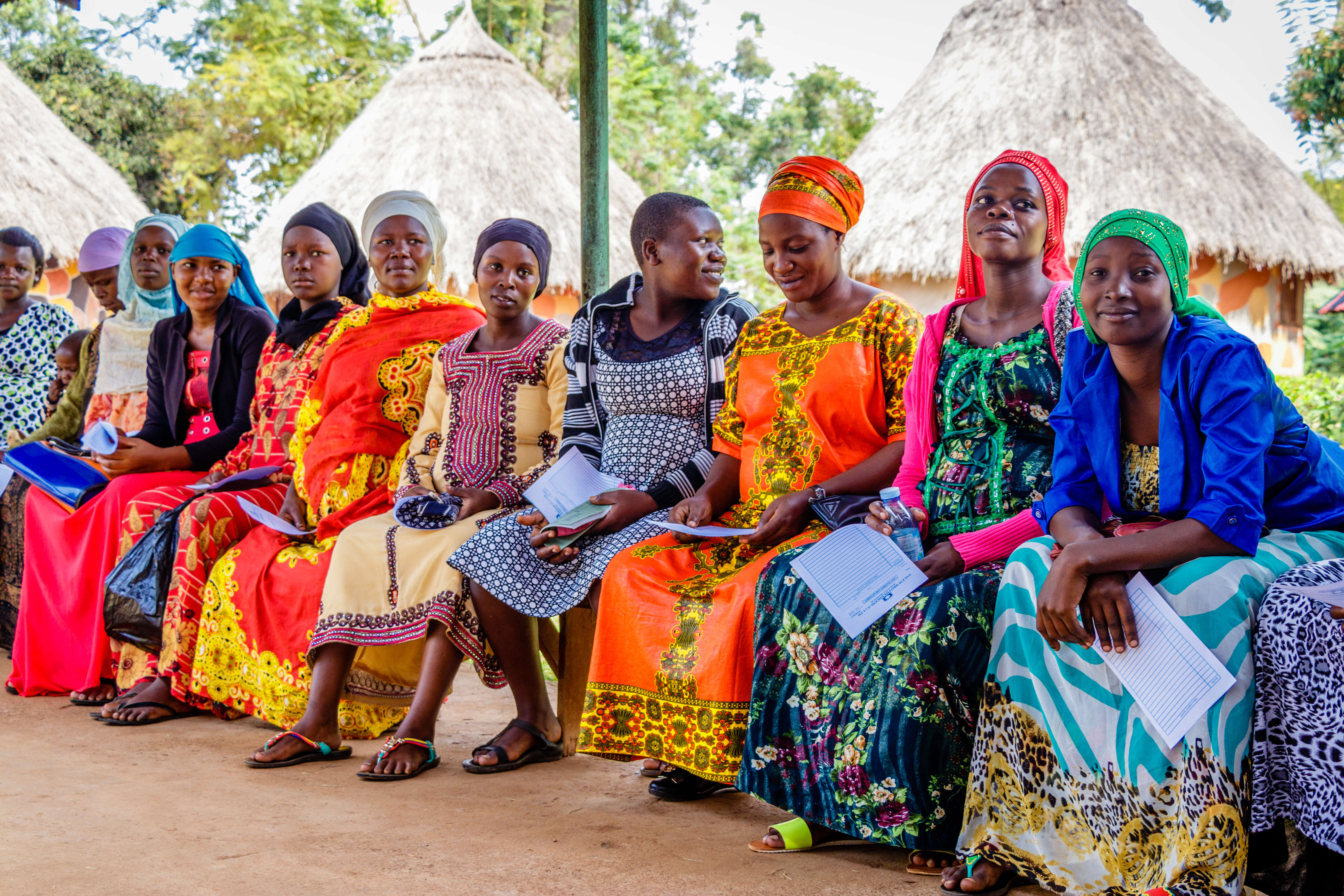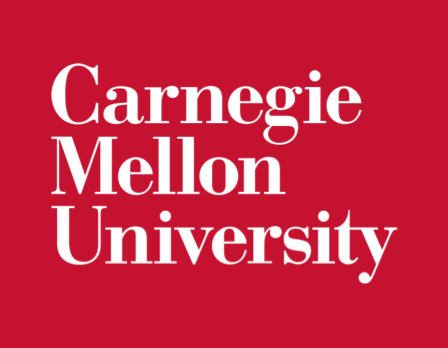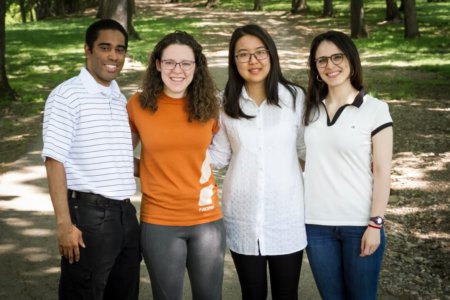Floods, blizzards and unusual rains battering crops and livestock. Food insecurity, that persists even in rich nations. A global addiction to fossil fuels. An accelerating climate crisis, melting more glaciers and ice sheets, putting more vulnerable groups at risk.
These represent some of our 21st century challenges that are threatening life on Earth. Inaction and inattention will drive the world to what United Nations Secretary-General António Guterres described as a “point of no return.”
Engineers will play an instrumental role in reversing this. Using innovation, creativity and a wealth of knowledge, they are creating a variety of solutions to environmental issues, from developing better systems for water-stressed nations to the building of climate-ready infrastructure. In short, they are making things happen.
Learn from engineering experts
There is a running theme in most of the stories behind engineering innovations that unlock global solutions: an inspiring education. The faculty of experts at Carnegie Mellon University (CMU) has a track record of providing this.
The university’s Department of Civil and Environmental Engineering (CEE) helps students create a variety of solutions to improve and protect future environments, whilst preparing industry-ready graduates who can solve today’s engineering challenges with innovative solutions. All of this is possible when students learn from a faculty who actively engages in exciting projects that help them transform and improve the lives of others.
CEE assistant professor Destenie Nock, for instance, studied how to ensure equality in electricity access in developing areas like sub-Saharan Africa. It can be difficult to project the future electricity demands of those who currently have little or none, and this estimation disproportionately favours urban areas.

Destinie Nock. Source: CMU
“I am interested in incorporating more voices and objectives into electricity planning,” shares Nock. “Traditional models are focused on developing low-cost systems, which is very important, but there are many more objectives — like equity, climate mitigation, and justice — that should be incorporated into energy systems planning.”
Nock’s team created a methodology to find the optimal expansion of a power system that maximises social benefit within a constrained budget. They chose Liberia as an example study, which suffered extensive damage to its energy infrastructure after years of civil war.
CEE’s faculty also possess exceptional expertise in the field of autonomous systems, transportation, buildings and ethics, to name a few. With climate change causing extreme storms, rising temperatures and drier deserts, infrastructure design, construction, and management must change to cater to current needs. CEE Professor Constantine Samaras is working towards anticipating, preparing for, and responding to changing climate conditions. Recently, he’s been studying projected ranges for future rainfall, which he is translating into usable outputs for engineers and city planners.
CEE Professors Mario Bergés and Greg Lowry

Greg Lowry. Source: CMU
are among the seven CEE researchers who are working towards making smart cities ethical and sustainable amid the myriad of technology we have today. Cameras that count pedestrians, for instance, do more than count people, while the original camera feed could be hacked and people’s privacy violated, posing an ethical dilemma.
Researchers like Bergés and Lowry are committed to ensuring that new technologies on the horizon are for the best. They are studying autonomous systems — which are becoming increasingly prevalent in our lives — and how to implement those systems in a sustainable way that maintains people’s privacy while being equitable across the board.
Sustainability is in their DNA
CEE’s alumni continue to actively put theory into practice in the field of sustainable engineering. CEE alum Véronique Adam, an engineer at Clark Construction Group in San Francisco, helped make the Chase Centre project — a world-class arena — a reality.

Veronique Adam. Source: CMU
She was initially roped in to work on the finance team but knew that the sustainable design experience gained at CEE could be valuable to the project. Adam approached her manager to be involved in the project’s LEED (Leadership in Energy and Environmental Design) process, confident that her time at CEE prepared her for her career with a solid foundation in civil and environmental engineering. “My Project Management class built my knowledge of construction equipment, contract types, and schedules. That knowledge was strengthened by International Collaborative Construction Management (ICCM) with Professor Burcu Akinci,” she said.
Another alum, Wayne Balta, who is IBM’s environmental executive, had always been fascinated by buildings which prompted him to study civil engineering as an undergraduate at CMU. “The civil engineering programme at Carnegie Mellon taught me how to make decisions about complex matters. That’s what I do today,” he says.
Progressive master’s programmes that mould engineers for a sustainable future
CEE offers a number of dynamic engineering graduate programmes that help environmentally-conscious engineers champion sustainability efforts. Their master’s concentrations include Sustainable Water, which gives you skills and experience with issues and approaches in water quality engineering from fundamental physical, chemical and biological perspectives, with applications to both natural and engineered systems. You’ll gain knowledge and skills to address modern challenges in water quality protection and restoration.
CEE’s Smart Structures concentration focuses on key concepts and technical skills to understand, develop, and apply smart structure technologies while the Climate Change Adaptation for Infrastructure master’s concentration will teach you new skills and tools to meet the challenges of infrastructure in a changing climate including developing new solutions for resilience and designing cost-effective climate-ready infrastructure. Other sustainability-related courses available at CEE include Smart Cities: Growth and Intelligent Transportation Systems and Environmental Life Cycle Assessment.
Without a doubt, CEE has all the foundations to help future engineers build a sustainable future.
Follow CMU’s Department of Civil and Environmental Engineering on Facebook, Twitter, LinkedIn, and Youtube













